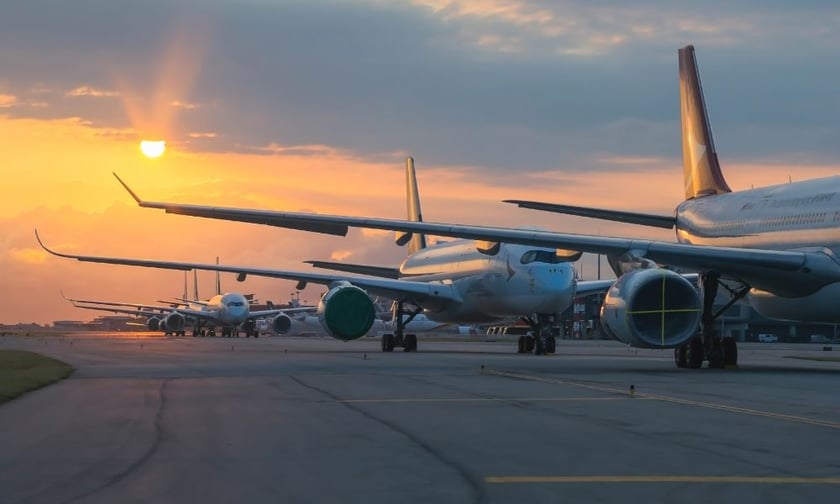

WTW has published its General Aviation Insurance Market Outlook for the fourth quarter of 2024 (Q4 2024), signalling stable market conditions for clients with a strong loss record. However, with higher costs emerging, shifts in the sector may be on the horizon for 2025.
The report, written by John Taylor (managing director, general and corporate aviation) and Alex Trotter (executive director, general and corporate aviation), said clients approaching renewals at year-end can look to July renewal trends as a guide, given the competitive dynamics observed mid-year.
Overcapacity across the hull and liability segments led insurers to vie for business they considered profitable, often resulting in rate decreases for operators with low claims and growth plans.
Meanwhile, the hull war market, after previous price spikes, showed signs of stabilisation mid-year as increased capacity entered the market.
In contrast, capacity in excess war liabilities remained limited, with risks leading to modest rate increases for renewals in July.
WTW expects that the final quarter of 2024 will generally follow the trends seen earlier in the year.
For general aviation operators with low losses and strategic growth, adequate capacity should enable positive renewal outcomes, especially with early broker engagement.
However, political instability remains a significant factor in the hull war market, potentially driving volatility in coverage and pricing. A recent incident at Mali’s Bamako airport serves as a reminder of such risks, particularly for insurers with clients operating in politically sensitive regions.
Should geopolitical events escalate, insurers may return to stricter pricing policies and tightened underwriting for these accounts.
Two additional factors could impact general aviation rates as the year concludes. First, the active 2024 hurricane season in the US could have a ripple effect on the wider insurance market as it prepares for potential claims. Second, the unresolved legal issues surrounding aircraft leases due to the Russia-Ukraine conflict continue to weigh on the sector, with outcomes still uncertain as cases progress through the courts.
WTW’s outlook noted that, in light of these uncertainties, general aviation clients can improve their renewal prospects by clearly outlining risk management strategies.
WTW also highlighted broader trends in general aviation, including rising land costs impacting smaller airfields and the sector’s critical role in developing new aviation talent.
General aviation remains a primary entry point for pilots, ground staff, and air traffic controllers, supporting a steady pipeline for the larger industry.
Additionally, the insurance market is closely monitoring advancements in aviation technology, including electric vertical take-off and landing (eVTOL) aircraft and regional hybrid-electric jets. As these innovations move closer to commercial use, they are likely to shape the insurance needs and risk profiles of general aviation clients in the future.
As the industry approaches 2025, fourth-quarter renewal patterns will likely hint at future conditions.
The market has remained stable for clients with effective risk management and low claims, but rising reinsurance costs and claims inflation could shift dynamics. Any significant pullback in capacity could create more challenging conditions for general aviation clients in renewal negotiations as insurers adjust their commitment to the sector.
